Available iPad Apps
-
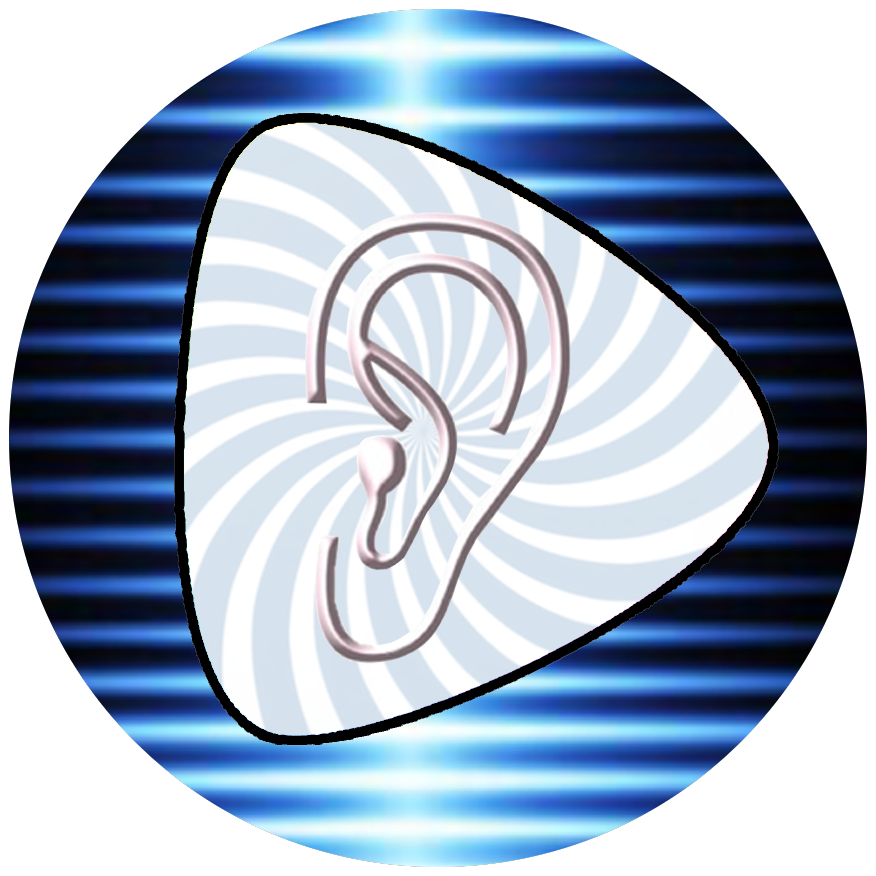 Auditory Phonetic Subtraction
Auditory Phonetic Subtraction
-
 Auditory Visual Integration
Auditory Visual Integration
-
 Colourimetry
Colourimetry
-
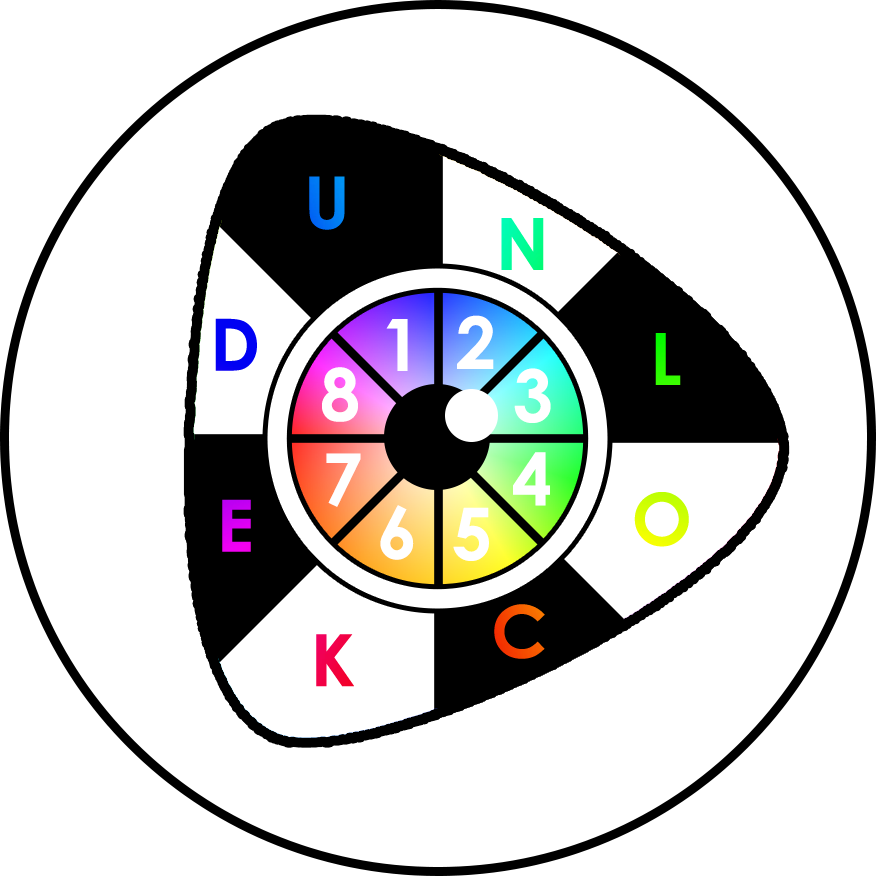 Digit Matching
Digit Matching
-
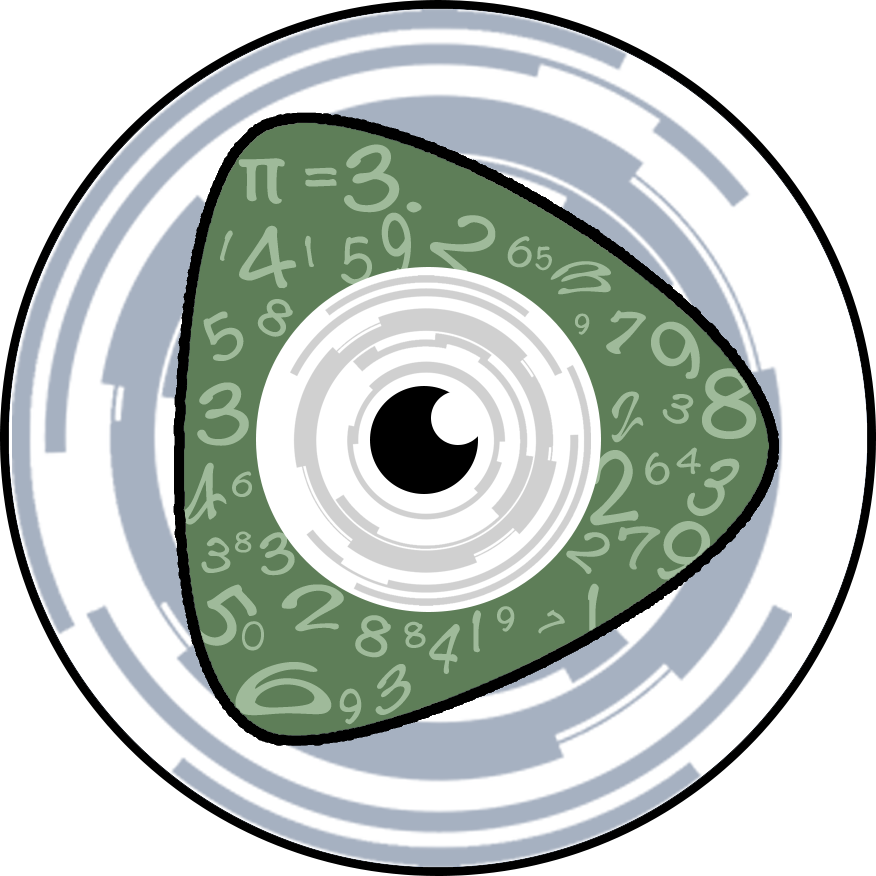 Dyscalculia
Dyscalculia
-
 Dyseidesia / Dysphonesia
Dyseidesia / Dysphonesia
-
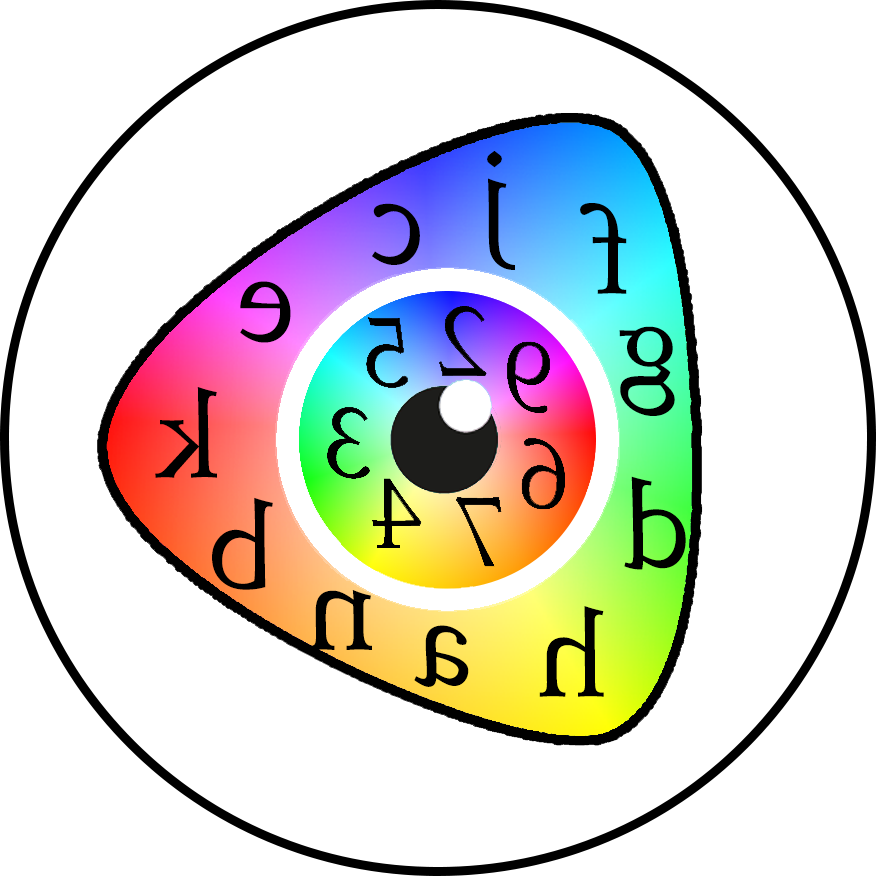 Dysnemkinesia
Dysnemkinesia
-
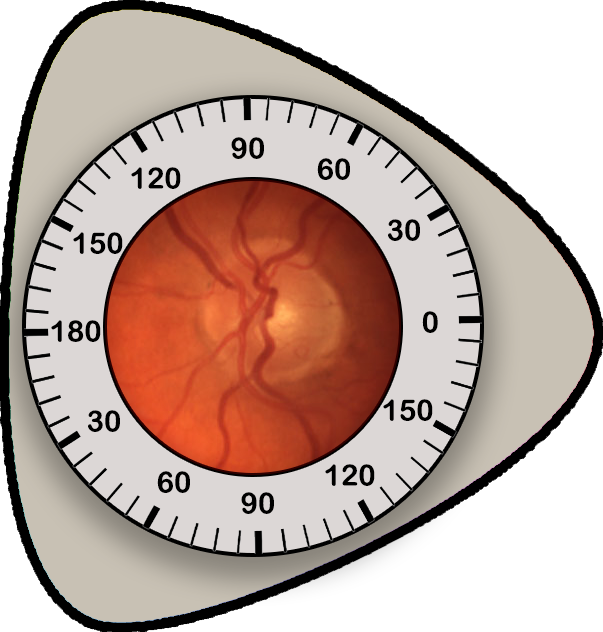 Eye Exam Data
Eye Exam Data
-
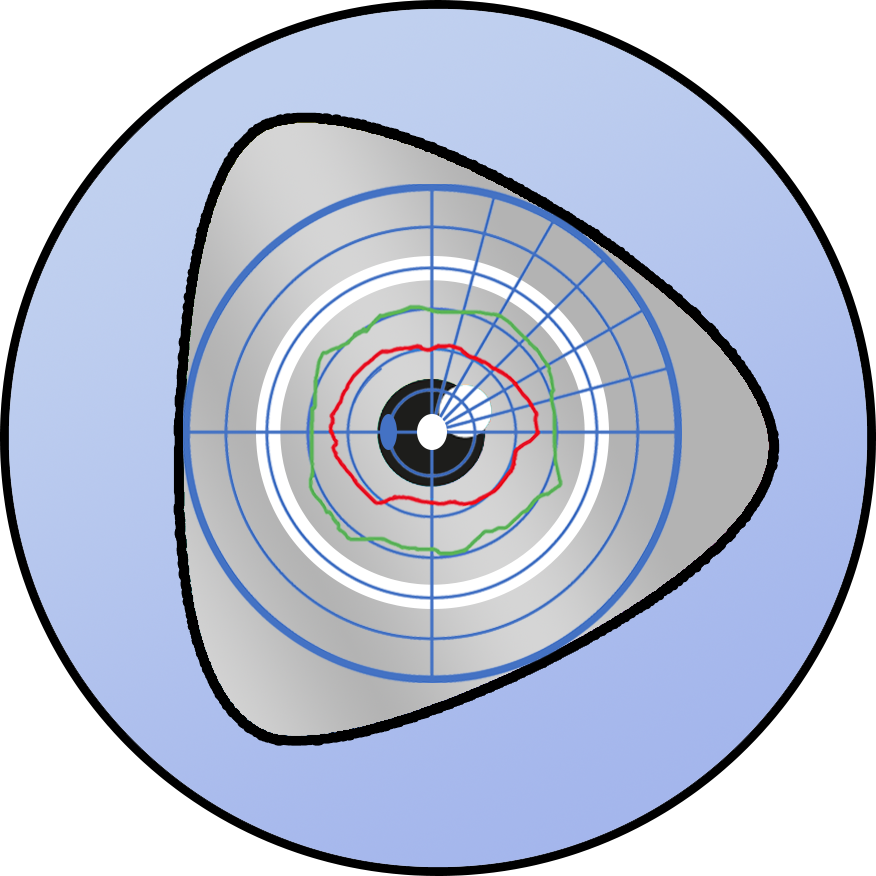 Kinetic Colour Perimetry
Kinetic Colour Perimetry
-
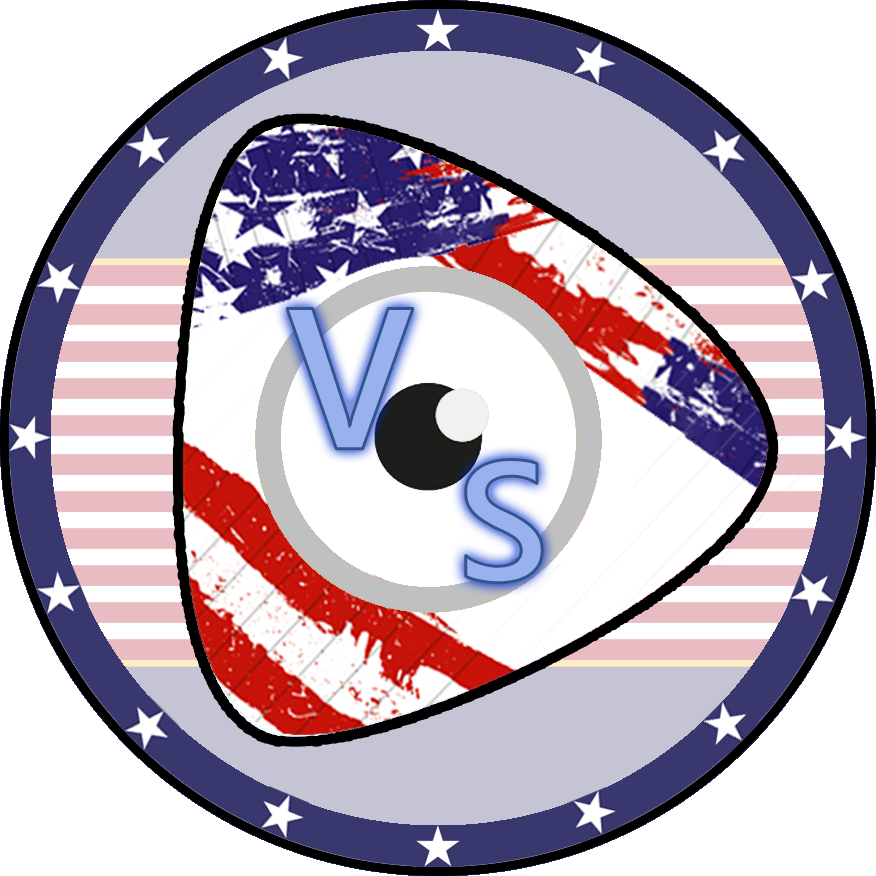 Laterality
Laterality
-
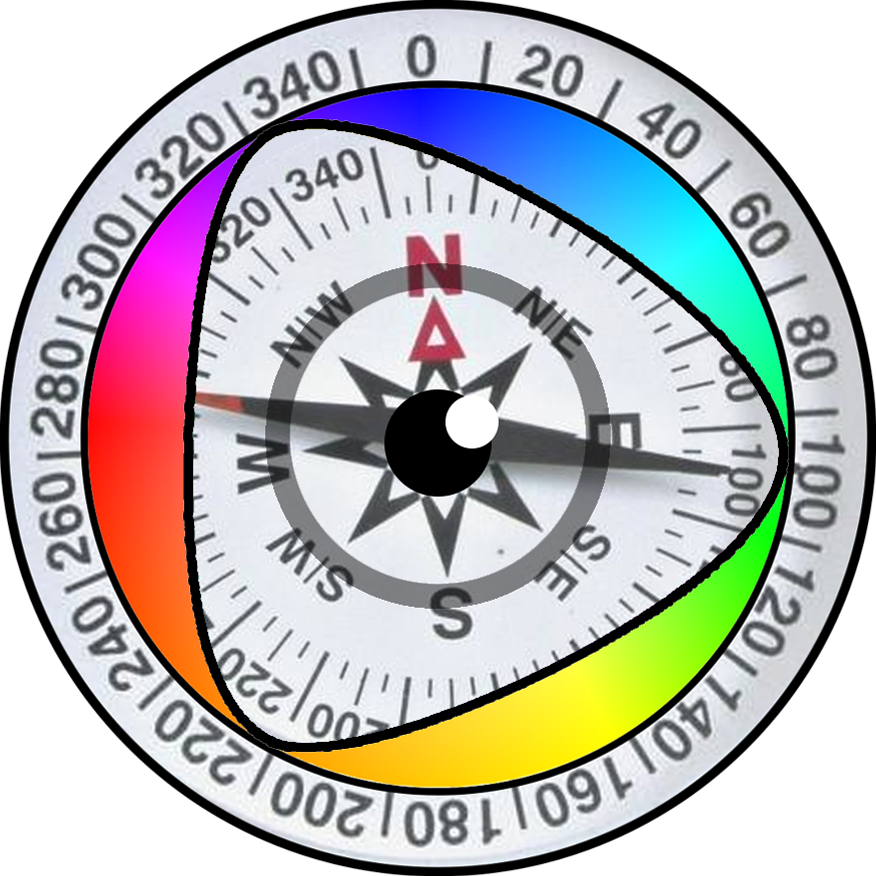 Reading Eye Movement
Reading Eye Movement
-
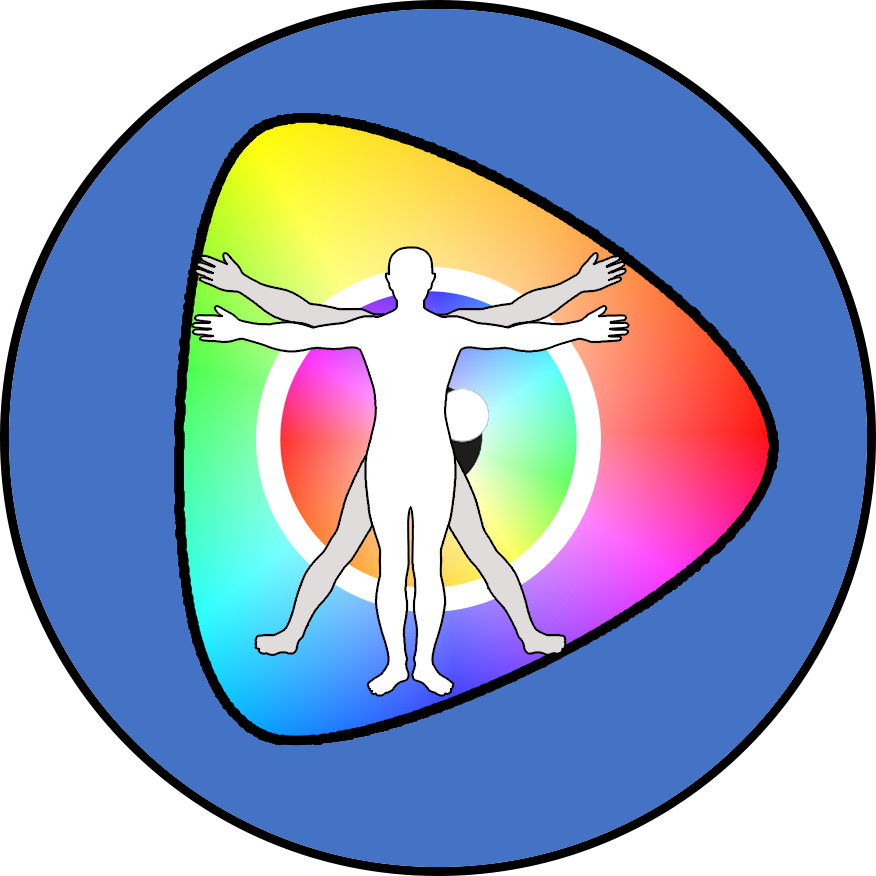 Retained Reflexes
Retained Reflexes
-
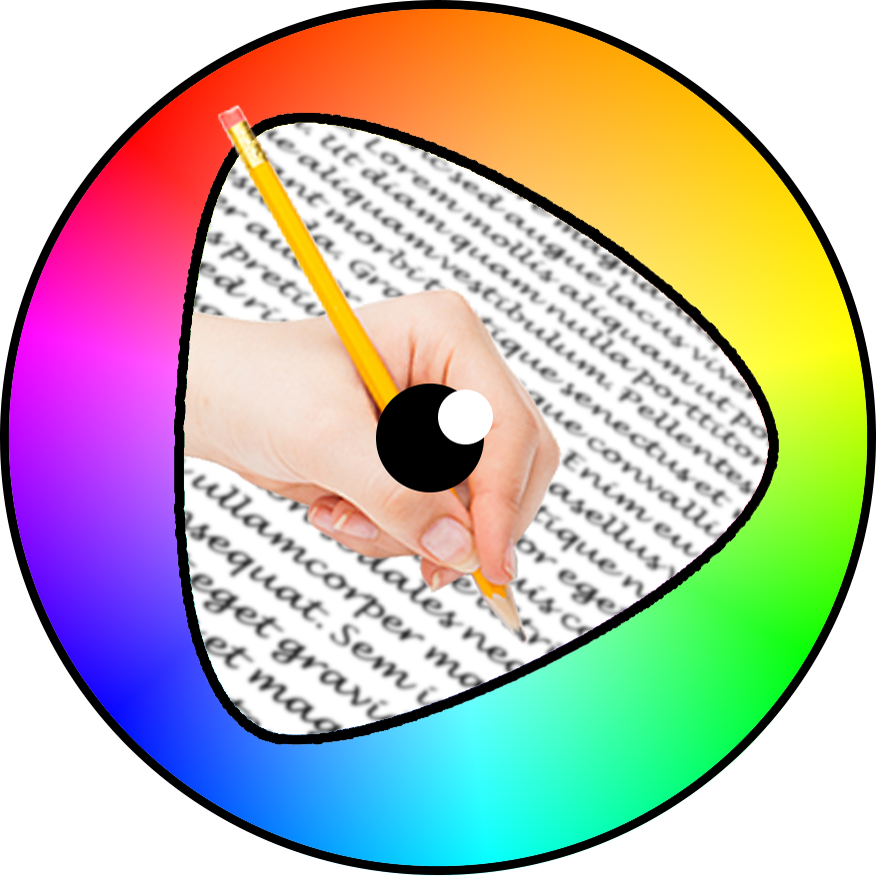 Sentence Copy
Sentence Copy
-
 Sequencing
Sequencing
-
 Tachistoscope
Tachistoscope
-
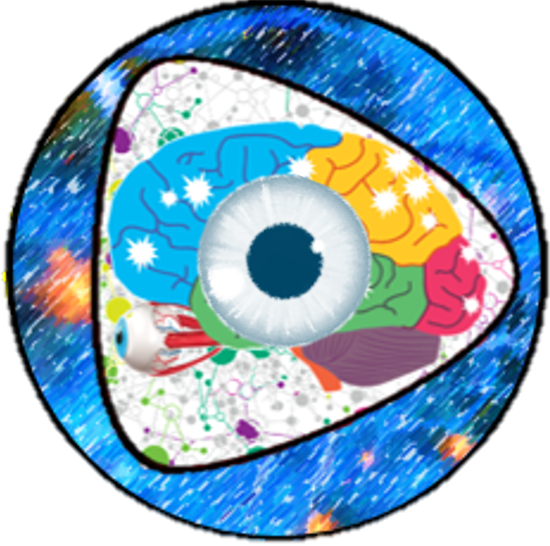 Visual Sensory Perception
Visual Sensory Perception
-
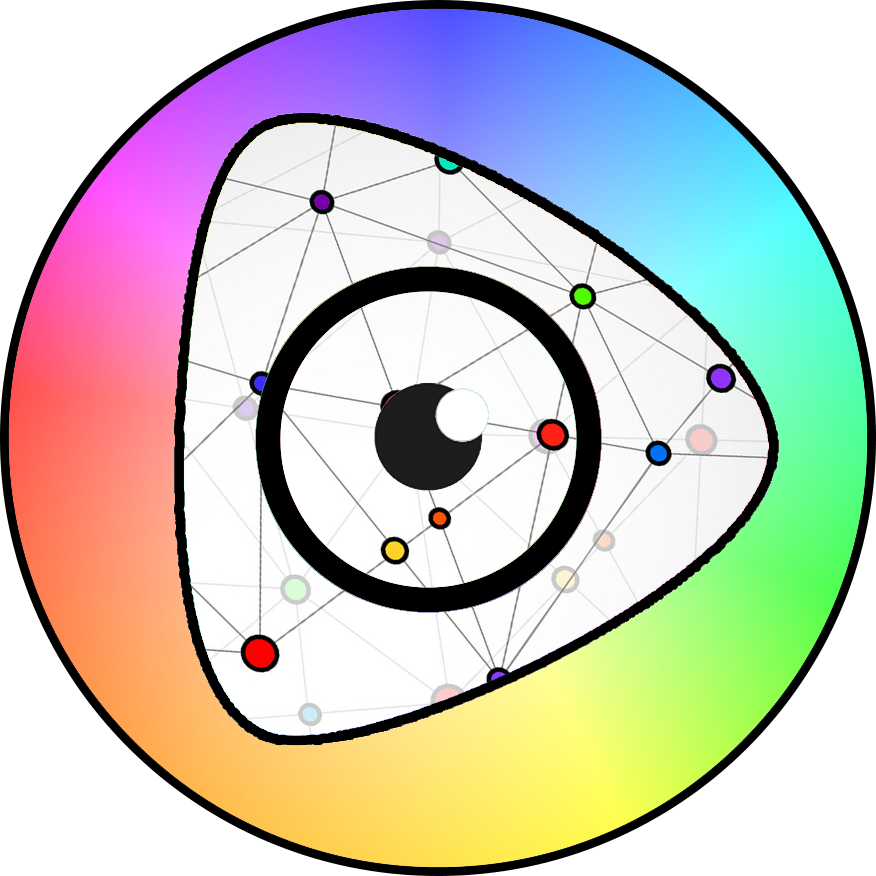 Visual Spatial Awareness
Visual Spatial Awareness
Auditory Visual Integration
This auditory-visual integration assessment evaluates the processing and integration of information from both auditory and visual stimuli, revealing the ability to combine auditory and visual information to form a coherent perceptual experience. Difficulties or delays in integrating auditory and visual stimuli can impact learning and communication. Underlying cognitive processes such as attention, memory, and executive functioning are involved in multisensory integration.
The assessment can reveal how effectively the subject perceives and processes auditory and visual inputs and provides insights into the subject’s ability to maintain attention and focus when processing multisensory information.
Developmental or neurological conditions that might affect sensory integration include autism spectrum disorder (ASD), attention deficit hyperactivity disorder (ADHD), or specific learning disabilities. Integration difficulties affect the subject’s performance in activities such as reading, listening in noisy environments, and social interactions.
Matching results against age-matched normative data and correlating this with specific perceived difficulties with multisensory processing questions within the vision unlocked pre-examination questionnaire enables the optometrist to guide the development of targeted interventions or accommodations to support individuals with integration difficulties, particularly in educational or therapeutic settings.